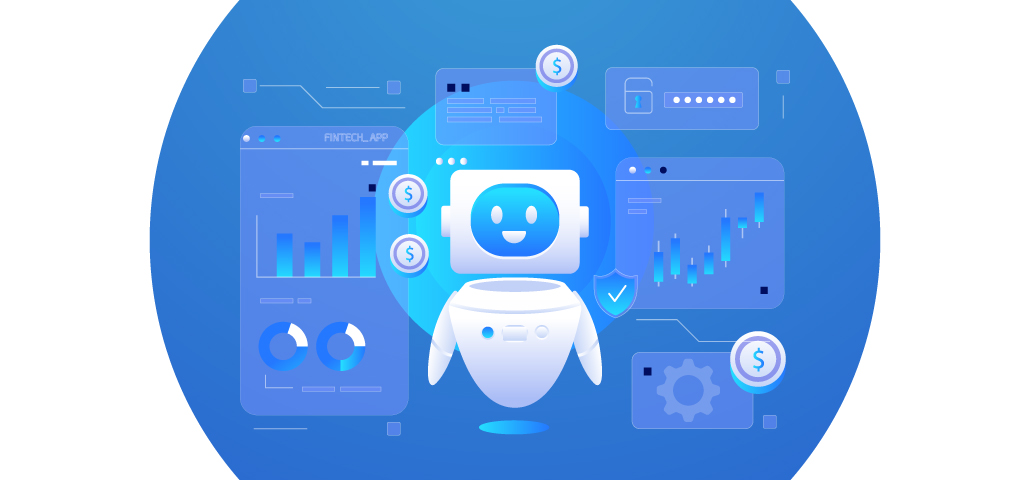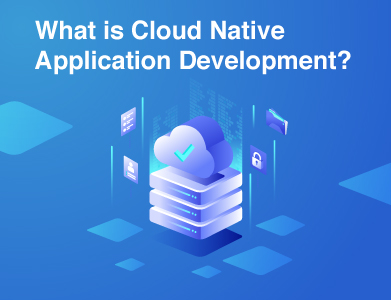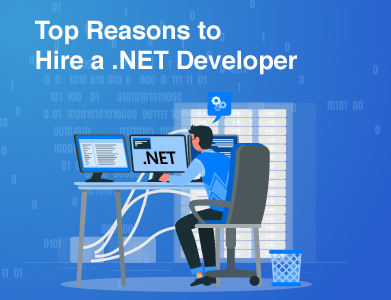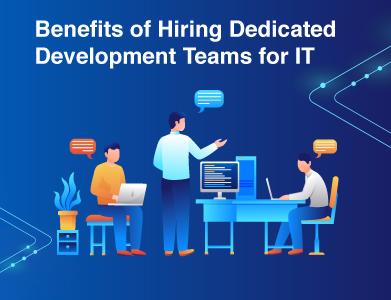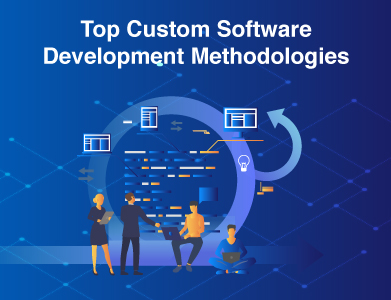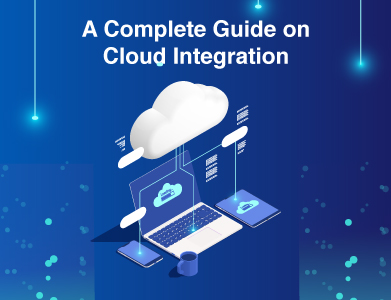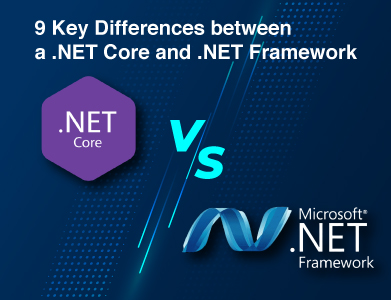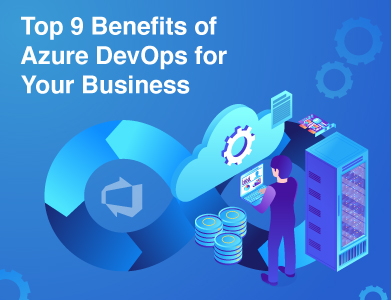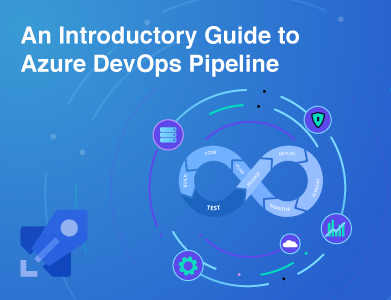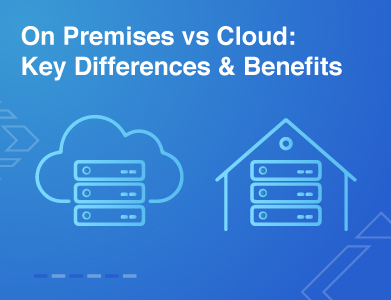Expertise
In today's fast-changing digital world, businesses must incorporate artificial intelligence into applications to stay competitive. From the smallest startups to large corporations, businesses are embracing AI to make their applications more user-friendly, simplify operations, and drive economic growth. With AI, applications can now learn about users' behaviors and preferences and provide functionalities that were once unimaginable.
From virtual assistants like Siri and Alexa to personalized recommendation systems that significantly boost revenue, the impact of AI in apps is undeniable. Stay tuned for this post on how to integrate AI into an app with practical insights and real-life examples. This guide will give you the knowledge required to elevate your applications and unleash the full potential of AI.
What Are AI Integrations?
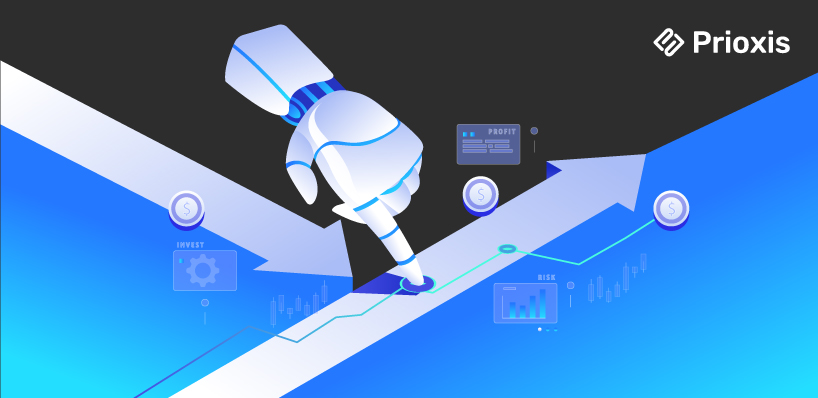
Integrating AI means connecting your AI applications with other software to exchange data and enable your products or applications to enhance their capabilities. In this manner, you're transforming your offerings by incorporating advanced functionalities like natural language processing and computer vision, rather than just adding AI as a feature.
Most integrations do this through either application programming interfaces (APIs) or iPaaS solutions and are designed for easy collaboration of AI with diverse applications. They tend to smoothly make data pass between different pieces of your stack, from storage to front ends and the workflow.
Effective AI integration builds a symbiotic relationship between AI and human users where it can deal with complex data tasks while releasing humans to concentrate more on creative and strategic aspects. Artificial intelligence integration can drive innovation and efficiency in operations by enhancing user experiences, thereby maximizing the potential of your business.
Why Should Companies Integrate AI into Existing Applications?
Here are some compelling reasons for companies to adopt AI technologies:
Personalized Offers
However, AI allows businesses to engage in personalized experiences through the analysis of user data and choices. Accenture found that 91% of customers are willing to shop more with companies that show their preferences and suggest products accordingly. With AI, companies can establish more intuitive apps to appeal to users on a personal level; this may help increase satisfaction levels and loyalty from customers.
Greater User Engagement and Retention
Retaining current customers is key to business success. According to HubSpot, new customers are up to five times more costlier to gain than current customers. AI personalization will enhance engagement and even improve the level of satisfaction that customers receive by providing relevant suggestions. Customer retention can lead to revenue increase as high as 25-95% due to a simple 5% rise in customer retention; hence AI becomes a great approach to improving retention.
Process Optimization and Automation
AI algorithms can automate routine tasks, streamlining business processes and enhancing efficiency. For instance, applications can utilize chatbots for customer service inquiries or AI-powered tools like Uptech’s Hamlet, which summarizes text efficiently. This automation not only speeds up operations but also reduces human error, allowing staff to concentrate on more complex, value-added tasks.
Data Insights
AI excels in analyzing vast datasets to reveal trends and insights that might not be evident at first. By leveraging AI for data analysis, companies can inform strategic decisions and identify growth opportunities. One of the examples is DeepMind's AlphaFold, which has successfully predicted protein structures, proving that AI in apps is capable of unveiling complex insights that go beyond human analytical ability.
Cost Reduction
Integration with AI can save tremendous amounts of money in the maintenance and support of products. AI can optimize resource usage, predict what may break down, and increase the efficiency of energy use. All of these not only reduce costs but also provide new opportunities that range from real-time translation of languages to the accurate identification of images and voices, cutting time and money spent.
Step-by-Step Guide to Integrating AI into Your App
1. Identify Your Business Needs
You may unlock a lot of benefits for your business by integrating AI, but strategically it is important to avoid integrating AI for the sake of integration. Instead of just integrating AI for the sake of it, create some business problems that need some solutions from AI.
- Define a Business Problem
Begin by clearly listing the business challenges where you want the AI to impact. For example, if your company revolves around customer care, an AI-enabled chatbot simplifies responses by reducing wait time and allowing your human agents more time to deal with complex inquiries that require human contact. In banking, AI detection of fraudulent acts or personalized, one-on-one financial advice is one of its most important applications through its generative aspect.
Evaluate the costs of injecting AI into your operations. Creating and training the next-generation solutions, including chatbots, can be quite resource-intensive, mainly demanding large volumes of data that many small companies cannot afford.
- Choose the Best Solution for Injecting AI
The key decision at this stage is whether to build a custom AI model from scratch or to leverage existing AI technologies through platforms and APIs. For most companies that aren't tech giants, using established AI solutions is usually the more efficient route. However, developing your model may be necessary in cases involving sensitive data, such as healthcare, where confidentiality is paramount.
The book will be designed primarily to help build AI applications by using pre-built AI models and tools.
Step 2: Select the Suitable Technology and Tools
AI encompasses different technologies, which include machine learning, deep learning, and natural language processing (NLP). The purpose of every technology is to solve a different set of problems and is applied based on the challenges identified.
- Machine Learning and Predictive Analytics
Machine learning is an AI sub-type that focuses on developing computer algorithms for independent analysis of big data to establish patterns. More data processors mean more accurate algorithms developed, hence improving performance progressively. Some other applications of machine learning are real-time data analysis, customer preference prediction, and trend discovery. Predictive analytics uses historical and current data to predict future trends, customer behaviors, and possible dangers.
- Natural Language Processing
NLP allows a machine to understand human language. Through this, applications can be designed to perform language-based tasks like text classification, extraction of information, and even translation. All these abilities are important in developing AI systems that can have more user-friendly interaction by making it easier to communicate with the system.
- Image and Voice Recognition
Image recognition categorizes images into predefined groups, with applications in security (face recognition), medical analysis (identifying anomalies), and visual searches. Voice recognition interprets spoken language, and is used in virtual assistants and speech-to-text services.
- Generative AI
Generative AI creates new content based on learned data, with models like GANs for images and transformers for text generation. Its applications range from enhancing medical imaging to personalizing marketing messages.
At this stage, proper selection of the technology ensures that its development is aligned appropriately as it sets out to develop further.
Step 3: Building Your Team
A multidisciplinary team, where every member is different and unique to the project, will be the core of integrating AI into an application. These include, among others:
Data Scientists
These are those who develop and train the AI models, using the data that goes into analysis, which results in algorithms for making autonomous decisions.
Machine Learning Engineers
These individuals take theoretical models created by the data scientists and convert them into practical, scalable solutions.
Data Engineers
Design and maintain data architecture to allow for smooth data flow to AI models.
Software Developers
Implement AI modules within the application so that all the AI features are accessible to users.
Product Managers
Oversee the project and ensure timely completion of the project along with keeping costs in control.
UI/UX Designers
Keep the application user-friendly while making AI functionalities intuitive as well within the experience.
Step 4: Data Collection and Preprocessing
Data collection and preparation are very important for developing effective AI applications. Whether fine-tuning existing models or building new ones, high-quality data is always required.
- Data Collection
As much data as possible should be included. This incorporates not only structured but also unstructured data from internal sources, such as CRMs and spreadsheets or just even public datasets-which are numerous. Datasets on GitHub come in handy with various analytical demands. You may also look out for user behavior-tracking tools such as Google Analytics.
- Data Preprocessing
Quality is as important as quantity. Low-quality data results in low-quality output and reiterates the saying "garbage in, garbage out." Data preparation refers to cleaning, standardizing, and structuring the data so that it's better suited for analysis. Data preparation tools vary from simple spreadsheets to more advanced solutions like Weka or MLaaS platforms, offering automated capabilities.
Step 5: Train and Fine-Tune Models
Training AI models involves feeding your prepared dataset into them to allow them to learn and adjust their internal parameters.
- How to Fine-Tune AI Models
After the primary training, you fine-tune your model to enhance its accuracy. This is a process of adjusting its parameters slightly and retraining it on specific subsets of data. For example, BERT is one of the popular NLP models that has been fine-tuned for various tasks, including sentiment analysis and classification.
Fine-tuning guarantees that AI applications, such as chatbots or virtual assistants, will be aligned with specific functionalities to enhance their performance.
Step 6: Integration and Testing the Models
Once trained, integrate the AI model into your application.
- Integration
Typically, AI integration involves the configuration of APIs to enable your application to interact with the AI model. Each AI platform may have its integration requirements and pricing structures based on usage. For instance, OpenAI's models are billed based on token usage.
- Testing
After integration, test the application thoroughly across different scenarios. This includes unit tests for individual components, integration tests for overall functionality, and user acceptance tests to ensure the application meets user expectations. Pay special attention to the AI features, checking for accuracy, speed, and response to unexpected inputs.
Step 7: Monitor and Optimize
After launching, continuous monitoring is essential to ensure the AI functionalities remain effective over time.
- Monitoring
Implement performance monitoring tools for your AI features, measuring prediction accuracy, processing speed, and user engagement. Monitor for signs of performance degradation regularly.
- Optimization
Use the insights from monitoring to optimize your AI models. This may include retraining with new data, adjusting parameters, or redesigning aspects of the model to enhance performance. Continual optimization ensures that your AI application evolves with user needs and technological advancements.
Challenges in AI Integrations into Apps
Challenges of integrating AI into software applications that developers face to implement it successfully include the following:
1. Data Quality and Quantity
AI requires vast amounts of high-quality, relevant data to learn effectively. Gathering and preparing this data can be resource-intensive, and poor data quality can lead to inaccurate AI performance.
2. Complexity and Expertise
AI technologies are complex, requiring specialized knowledge and skills. Most of the developers may lack experience in AI and ML, thus making a steep curve of learning and vulnerability to potential errors in implementation.
3. Computational Resources
Training and running AI models require substantial computational resources. Apps must access these resources efficiently. This can be challenging on devices that have limited processing capabilities. Scalability is offered in the cloud solutions but raises the cost.
4. User Trust and Ethics
User trust is required because of concerns over data collection and automated decision-making. The developers should maintain transparency, security, and ethics while informing users about data usage and maintaining privacy standards.
5. Dependency on Third-Party Services
The dependency on third-party services and APIs is a way of streamlining the development process but creates dependencies. Changes or unavailability of such services can make the app useless, and therefore, developers should have fallback plans.
Conclusion
Integrate AI into your app with no longer a fantasy but rather a strategic necessity that can help enhance productivity, improve decision-making skills, and better customer experiences. The substantial benefits range from saving costs to faster product development and high security, which cannot be dismissed. It can change the way you interact with your users by automating repetitive tasks and personalizing content.
However, successful implementation of AI would require careful and strategic planning. High-quality data, legal issues, ethical concerns, and compatibility of the new implementation with the previously existing systems also need to be addressed. Proper cost management for the AI team that will be assigned to the case will also have to be observed.
At Prioxis, we know and understand the proper integration of AI and help you through and through. Our experts are ready to help you implement the latest AI technologies either as MVP development services or build products on a large scale. Together, we can ensure that your AI integration flows perfectly with your systems and business objectives.
